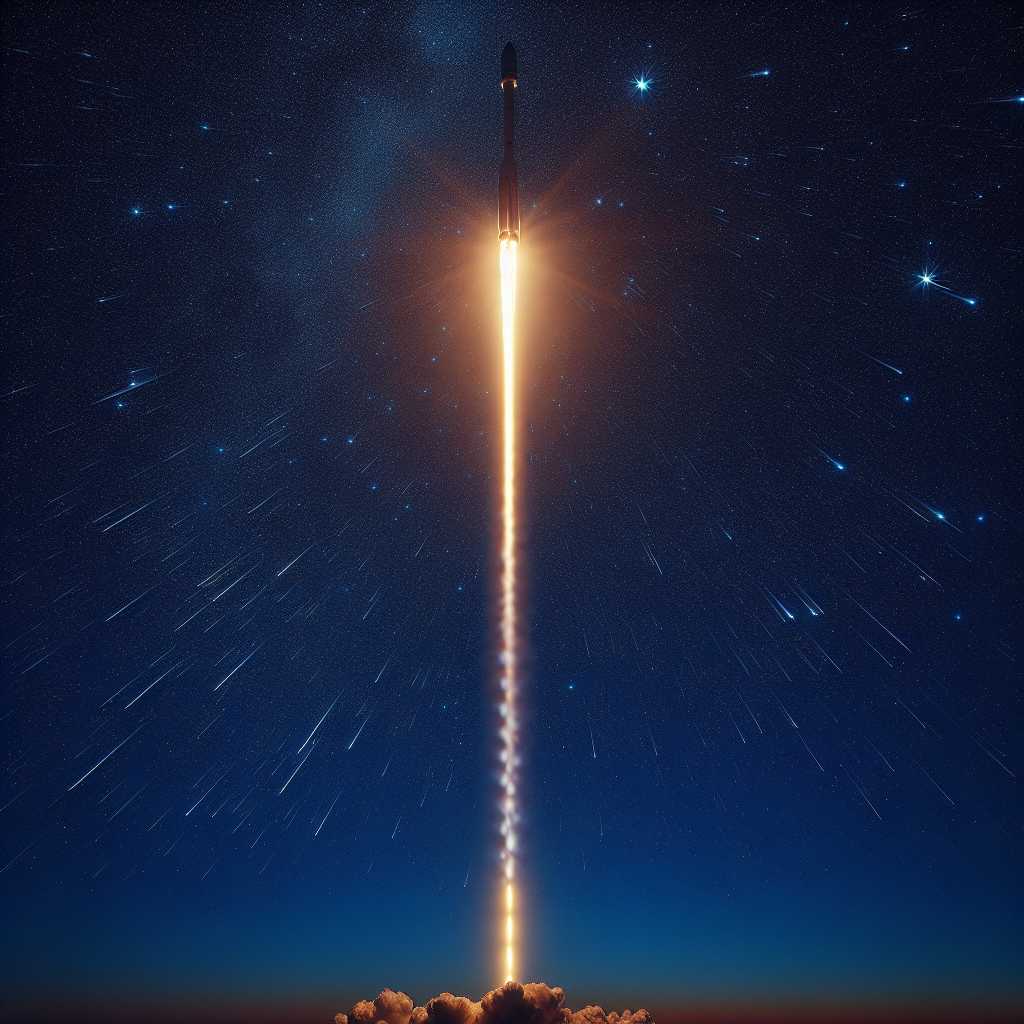SpaceX: Revolutionizing Space Technology and Exploration
Since its inception in 2002 by Elon Musk, SpaceX (Space Exploration Technologies Corp.) has emerged as a disruptive force in the aerospace industry, redefining the economics and possibilities of space travel with its ambitious vision and innovative technology. Its accomplishments, ranging from reusable rockets to the aspirational goal of Mars colonization, have focused not only on reducing space transportation costs but also on making interplanetary travel a reality.
The Founding of SpaceX and Its Mission
Elon Musk and the Dream of Mars Colonization
SpaceX was founded by entrepreneur Elon Musk with the intention of making space travel more economical and eventually enabling the colonization of Mars. Musk perceived a future where humanity would become a multi-planetary species, a vision he endeavored to turn into reality through the development of advanced rockets and spacecraft.
Reducing Space Travel Costs Through Innovation
A key aspect of SpaceX’s mission has been to drastically bring down the cost of launching payloads into space. Traditional expendable launch vehicles were only used once, significantly escalating the price per mission. SpaceX’s introduction of reusable rocket technology promised a paradigm shift towards a more sustainable and cost-effective model for space travel.
Major Milestones in SpaceX’s Journey
Breaking Boundaries with the Falcon Rockets
SpaceX developed a series of expendable and partially reusable launch vehicles named Falcon 1, Falcon 9, and Falcon Heavy. The Falcon 1 became the first privately developed liquid-fuel launch vehicle to reach orbit in 2008. However, it was the development of the Falcon 9 equipped with the first-stage booster capable of re-landing and refurbishment that truly underscored SpaceX’s commitment to reusable rocketry.
The Dragon spacecraft — Cargo and Crew to ISS
Alongside rockets, SpaceX also created the Dragon spacecraft, capable of carrying cargo and crew to the International Space Station (ISS). The first operational flight took place in 2012, making history as Dragon docked with the ISS as part of NASA’s Commercial Orbital Transportation Services (COTS) program. Subsequently, in May 2020, SpaceX successfully launched NASA astronauts using its Crew Dragon capsule as part of its Commercial Crew Program.
Starship — The Next Chapter in Deep Space Exploration
Starship is conceived as SpaceX’s fully reusable spacecraft, intended for missions to Mars and beyond. Powered by the company’s Raptor engines, Starship aims to carry large crews and cargo with unmatched efficiency, further exemplifying Musk’s ambitious agenda for space exploration.
Technological Innovations at SpaceX
Reusable Booster Rockets – A Game Changer
The successful landing and subsequent reuse of Falcon 9’s boosters have marked a revolutionary step in aerospace technology. Such advancements have not only allowed for multiple launch cycles for orbital-class rockets but also helped manage what was once miserly regarded as inevitable expenses in spaceflight economics.
Ambitious Satellite Projects – Starlink for Global Connectivity
Starlink represents SpaceX’s venture into satellite communication, intending to deliver high-speed internet connectivity across the globe through a constellation of satellites in low Earth orbit (LEO). This project demonstrates SpaceX’s innovative streak outside pure space exploration.
Environmental Considerations—Green Technology Use
Environmental concerns dictate modern aerospace innovation aiming at reducing the carbon footprint of rocket launches. SpaceX has addressed such challenges by exploring cleaner fuels and technologies to mitigate ecological impact while advancing its exploration programs.
Partnerships With NASA and Beyond
Through extensive collaboration with NASA on projects such as COTS, the Commercial Crew Program, and more recently on lunar exploration missions under NASA’s Artemis program, SpaceX has maintained a synergistic partnership augmenting both public and private sector capabilities in space endeavor.
Envisioning Without Bounds – Aiming for Mars colonies
Elon Musk’s revealing of Starship’s design paved the path towards the long-term goal of human missions to Mars. The visionary plans articulate Musk’s idea that creating self-sustaining colonies on other planets could work as a backup for life on Earth.
Challenges and Criticisms
Despite its remarkable achievements, SpaceX has confronted challenges including production delays, vehicle anomalies impacting mission timelines, stresses on human resources due to an aggressive schedule, and critique over Starlink satellites contributing to orbital debris and impacting astronomical observations.
The Future Outlook for SpaceX
As it continues developing the massive Starship rocket and fine-tuning its high-scale satellite deployment procedure through Starlink among other groundbreaking efforts, SpaceX sits on the brink of defining a new era for humanity’s relationship with space.
Notes
*Image description: A nighttime shot captures the majestic ascent of a Falcon 9 rocket gracefully climbing against a deep blue sky sprinkled with stars. The fiery trail from its engines blazes a bright path homed toward orbit.*
